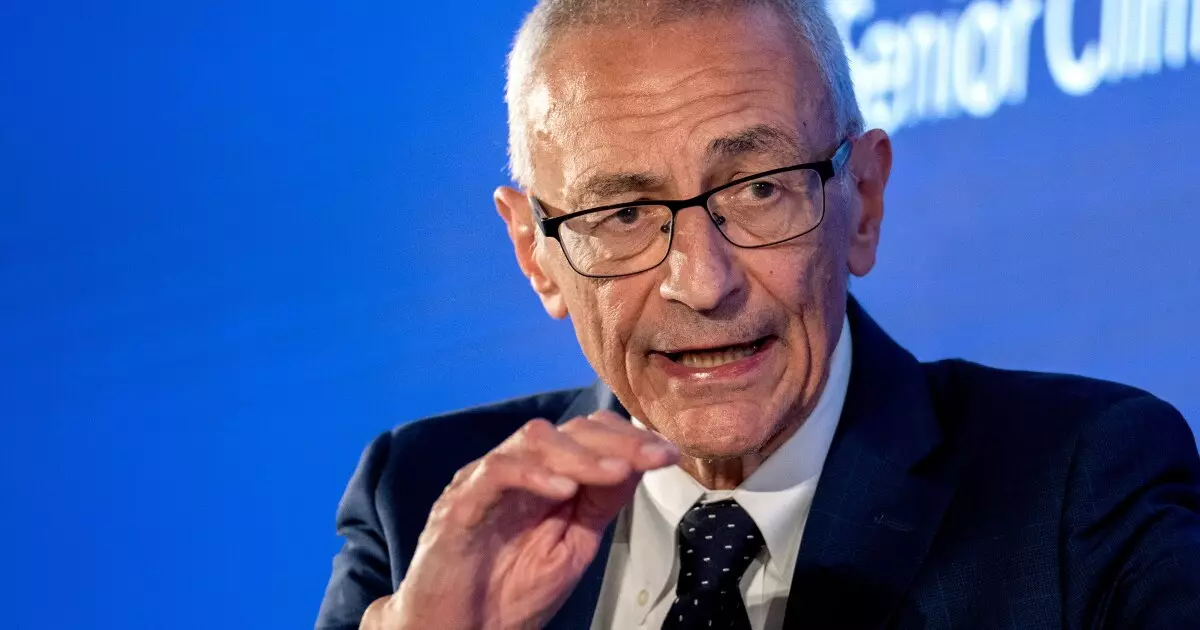Assessing the Impact of the Inflation Reduction Act: A Two-Year Review

As we cross the two-year mark since the Inflation Reduction Act (IRA) was signed into law, it is essential to evaluate its effectiveness and the actual allocation of funds intended to support the nation’s transition towards a clean energy future. The legislation promised substantial federal investment to spur clean energy technologies and initiatives, but the uptake in utilizing the potential funding opportunities has been surprisingly modest thus far.
A recent report from RMI, a clean energy think tank, highlights that states have only accessed an average of 7% of the potential funding from the IRA. This figure is strikingly low, particularly when considering the expected impact of such legislation in catalyzing investment in renewable energy sources. The report suggests that the limited uptake is understandable, given that tax credits, which represent the bulk of the federal support, are only just being utilized. Yet this rationale raises questions about the readiness and responsiveness of state governments to leverage these vital resources.
Moreover, an unrelated study by Rhodium Group and MIT’s Center for Energy and Environmental Policy Research estimates that, since the IRA’s passage on August 16, 2022, the total federal investment has reached approximately $78 billion, predominantly through tax credits. Meanwhile, private sector investment has skyrocketed to an estimated $493 billion—about five to six times more than federal investment—indicative of a strong momentum in the clean energy market that is not being mirrored at the state level.
The uneven performance among states reveals distinct disparities in how effectively they are capturing the available funds. Leading states like California and Texas have claimed substantial portions of the available tax credits, accumulating $13 billion and $9 billion, respectively. Conversely, Nevada has shown commendable performance by seizing 54% of its full potential credits, showcasing what proactive state policy could achieve amidst broader hesitance.
The federal approach, characterized by tax credits, grants, and loans over a 10-year span, aims to stimulate a marked uptake in clean energy projects. However, the intricacies of the federal tax code have led to confusion and ambiguity among state officials and municipalities in claiming these incentives. Many state leaders express concerns about the complexity of regulations, coupled with an inherent skepticism towards federal intervention, especially following the challenges associated with previous federal initiatives.
The political landscape surrounding the IRA also warrants attention. The act has become a point of contention, particularly as electoral campaigns loom. Former President Donald Trump has publicly promised to overturn crucial Iraq provisions, framing them as overreach and accusing the Biden administration of pandering to foreign interests. Nevertheless, there seems to be growing bipartisan recognition of the substantial projects enabled in various districts, contributing to an evolving narrative that could provide the IRA with some degree of longevity.
Significantly, recent statements by Biden’s senior advisor for clean energy innovation, John Podesta, point out that a notable proportion (58%) of new clean energy jobs under the IRA have emerged in congressional districts represented by Republican lawmakers. This dissonance between partisan views and the undeniable emergence of clean energy jobs could potentially shape future debates over the IRA and affect the political calculus for its support.
Despite the current shortcomings, the RMI affirms that clean investments have been disbursed across all 50 states in the two years since the IRA’s enactment. The top five states — California, Texas, Florida, Georgia, and Arizona — collectively represent a significant portion of total investments, yet this also reveals gaps to address in other states. RMI’s projections suggest that, with a concerted push towards sectors with the highest potential for growth, states can significantly escalate their investment levels.
As policy makers, stakeholders, and investors navigate this evolving landscape, the emphasis on comprehensive education and clear guidelines surrounding tax credits is crucial. The federal government must prioritize transparency and cooperation with states to ensure these funding opportunities are fully realized, allowing for the anticipated shift towards a greener economy.
While the IRA has undeniably set the stage for a major shift in clean energy investments, the slow uptake by states indicates a pressing need for increased coordination and support. The coming years will prove critical as both federal and state governments work to harness the full potential of the IRA, ultimately determining the trajectory of America’s clean energy future.





